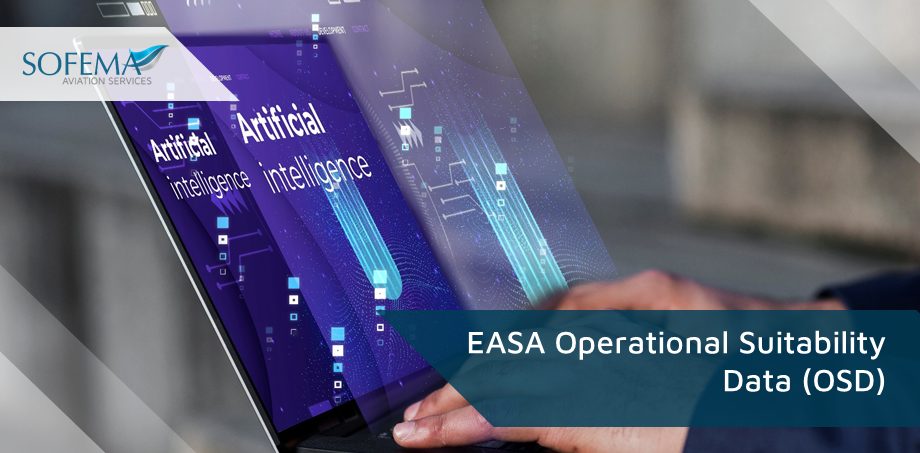Sofema Aviation Services (SAS) www.sassofia.com looks at the developing process of Operational Suitability Data (OSD) and whether AI will impact OSD
Introduction
Operational Suitability Data (OSD) is a concept introduced by EASA with the purpose of increasing flight safety, efficiency and environmental compatibility in operations on the European continent.
- Before the introduction of OSD, manufacturers were mainly responsible for the design of the aircraft, while the responsibility for the operational part was primarily with the operators. However, OSD bridges this gap by making the manufacturers more responsible for providing certain data that ensures the suitability of their aircraft design for operations.
OSD comprises five components:
- Flight Crew Data: Data used for training pilots for a specific aircraft type.
- Cabin Crew Data: Data used for training the cabin crew for a specific aircraft type.
- Maintenance Certifying Staff Data: Data used for training the maintenance staff for a specific aircraft type.
- Master Minimum Equipment List (MMEL);
- Flight Simulation Training Device Data: Data needed for the qualification of flight simulators.
OSD ensures that essential aspects regarding the operation of an aircraft type are approved by EASA, thus increasing the safety of operations, improving the efficiency of the certification process, and ensuring a more seamless introduction of new aircraft into service.
General Comments:
- Active involvement of all stakeholders (manufacturer, airlines, training organizations, maintenance organizations) in the development and use of OSD.
- Thorough integration of the OSD concept in the certification and operation processes.
- Adequate management of the OSD to ensure its continued suitability, taking into account operational experience and technological advances.
- Challenges regarding the comprehensive implementation of the OSD concept, particularly in the context of small operators and less complex aircraft.
- The need to manage the evolution of OSD in line with technological and operational changes.
Future Directions:
- Further global harmonization and acceptance of OSD.
- Enhanced digitalization of OSD, leveraging technology for more efficient and effective data management and sharing.
- Increased emphasis on the use of OSD in promoting environmentally friendly operations.
- Evolution of OSD in line with the evolution of new technologies and operational concepts, such as unmanned aircraft systems and urban air mobility.
Is there a role for AI in the development of OSD?
Artificial Intelligence (AI) and machine learning could bring a transformational change to Operational Suitability Data (OSD) in the future.
- AI algorithms could analyze flight data to find patterns and correlations which could help identify potential safety hazards and operational inefficiencies.
- AI enables flight and maintenance simulators to become more realistic and responsive, adapting to the trainee’s level of expertise and learning pace.
o AI can create dynamic training scenarios based on the trainee’s performance and progress.
o This can lead to more efficient and tailored training, enhancing the quality of Flight Crew Data, Cabin Crew Data, and Maintenance Certifying Staff Data.
- AI can analyze Maintenance Certifying Staff Data and predict potential faults or system failures before they occur. This can potentially impact maintenance downtime and costs while ensuring aircraft safety.
- As aviation technologies advance, so too must OSD. AI can help manage this evolution, integrating new data sources, adapting to new technologies like unmanned aircraft systems and urban air mobility, and ensuring OSD remains suitable and relevant.
Next Steps
Follow this link to our Library to find & Download related documents for Free
Sofema Aviation Services www.sassofia.com offers the following course available either as a classroom course: EASA Part 21 Operational suitability data (OSD) Regulatory Obligations – 1 Day
For comments or questions please email team@sassofia.com
Tags:
SAS blogs, Operational Suitability Data (OSD), Master Minimum Equipment List (MMEL), Cabin Crew Data, SAS Library, EASA Operational Suitability Data, Flight Crew Data, Maintenance Certifying Staff Data, Artificial Intelligence (AI)




